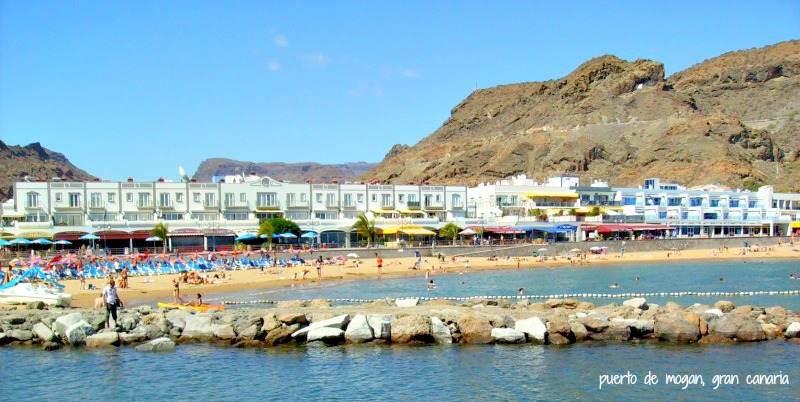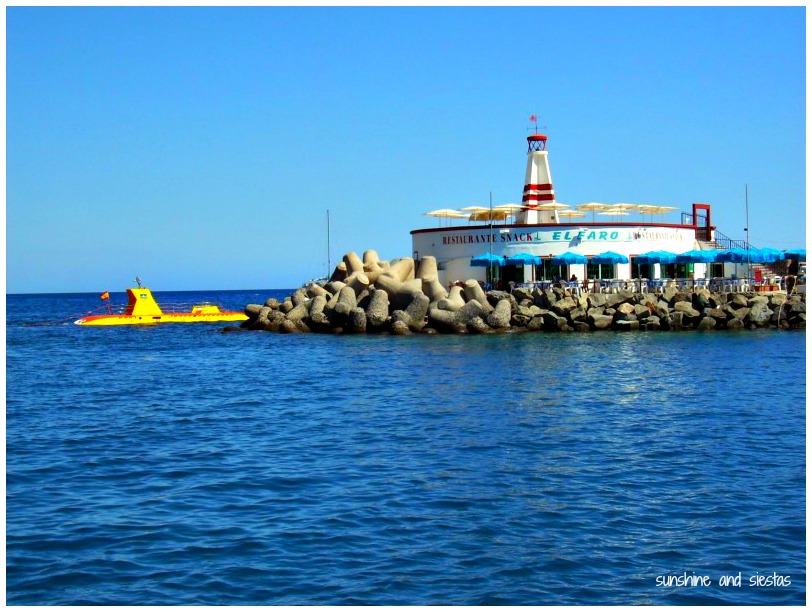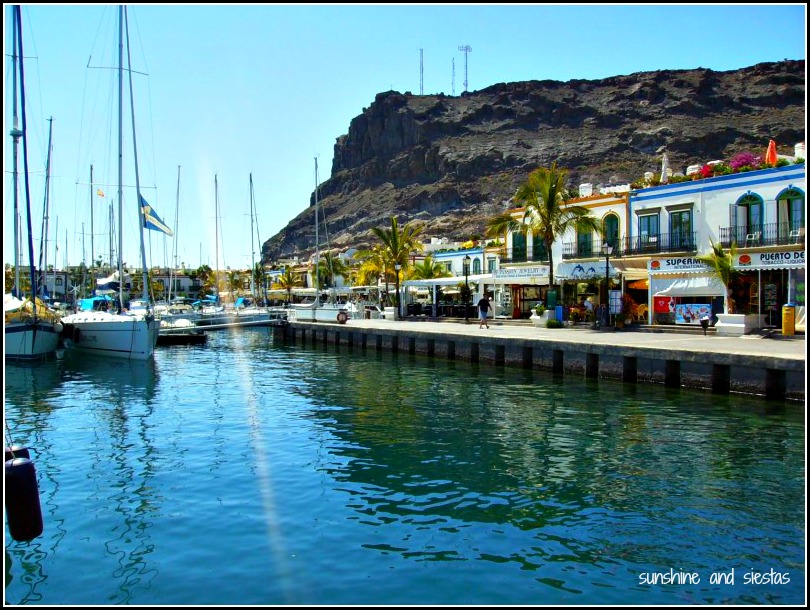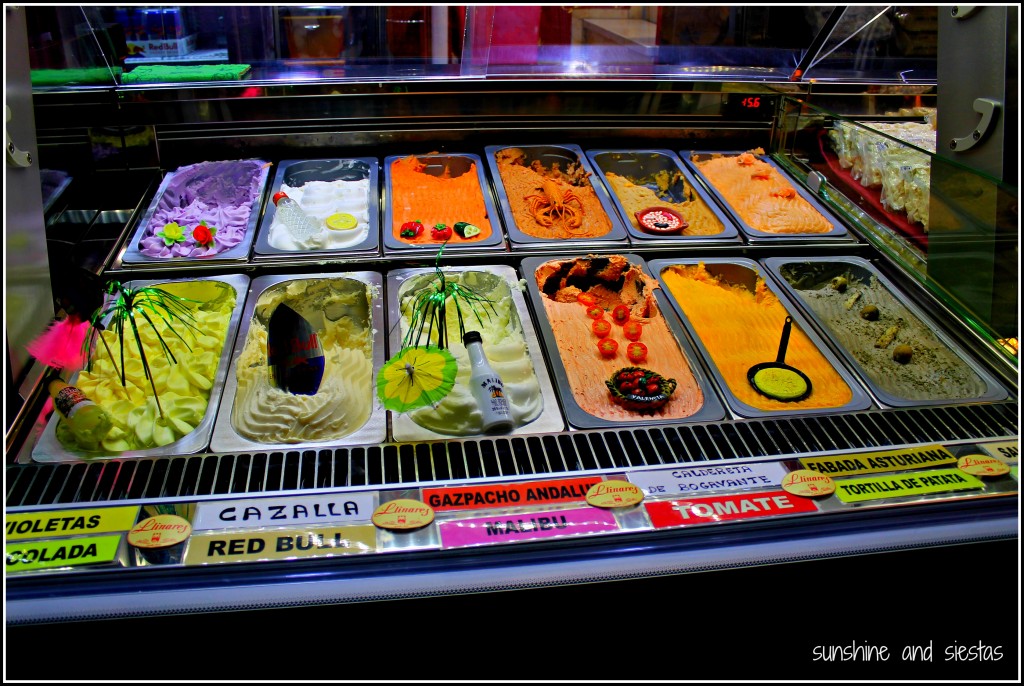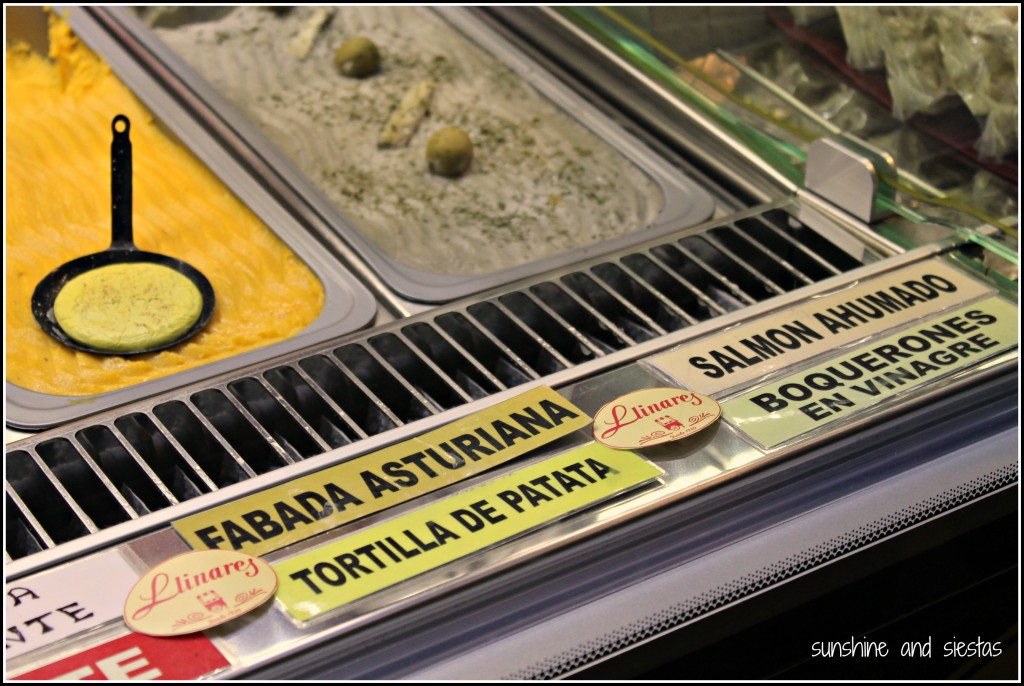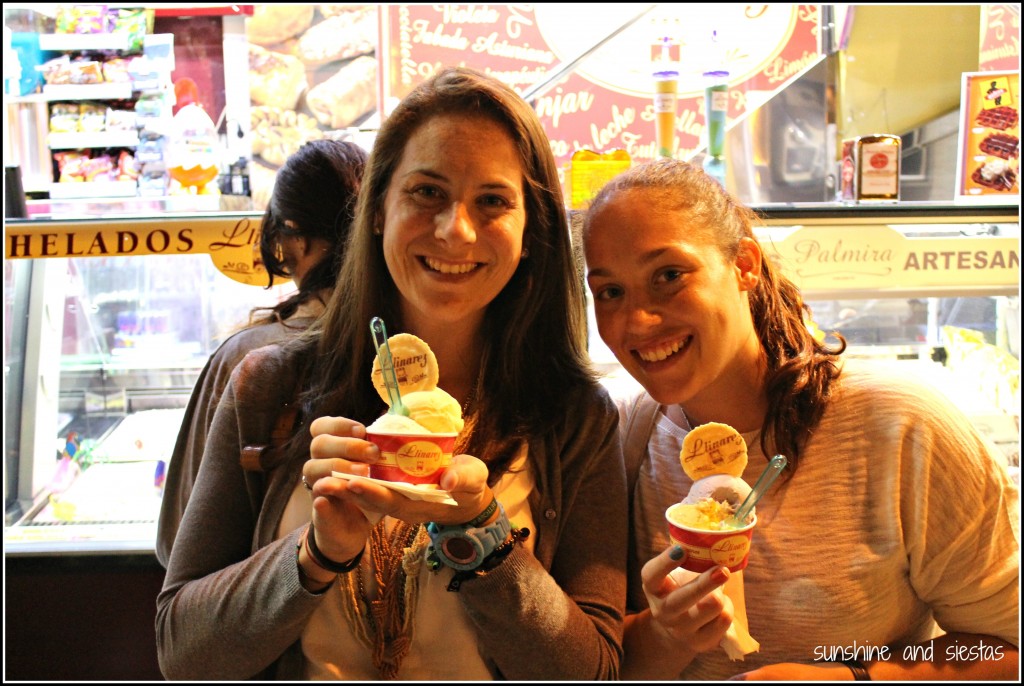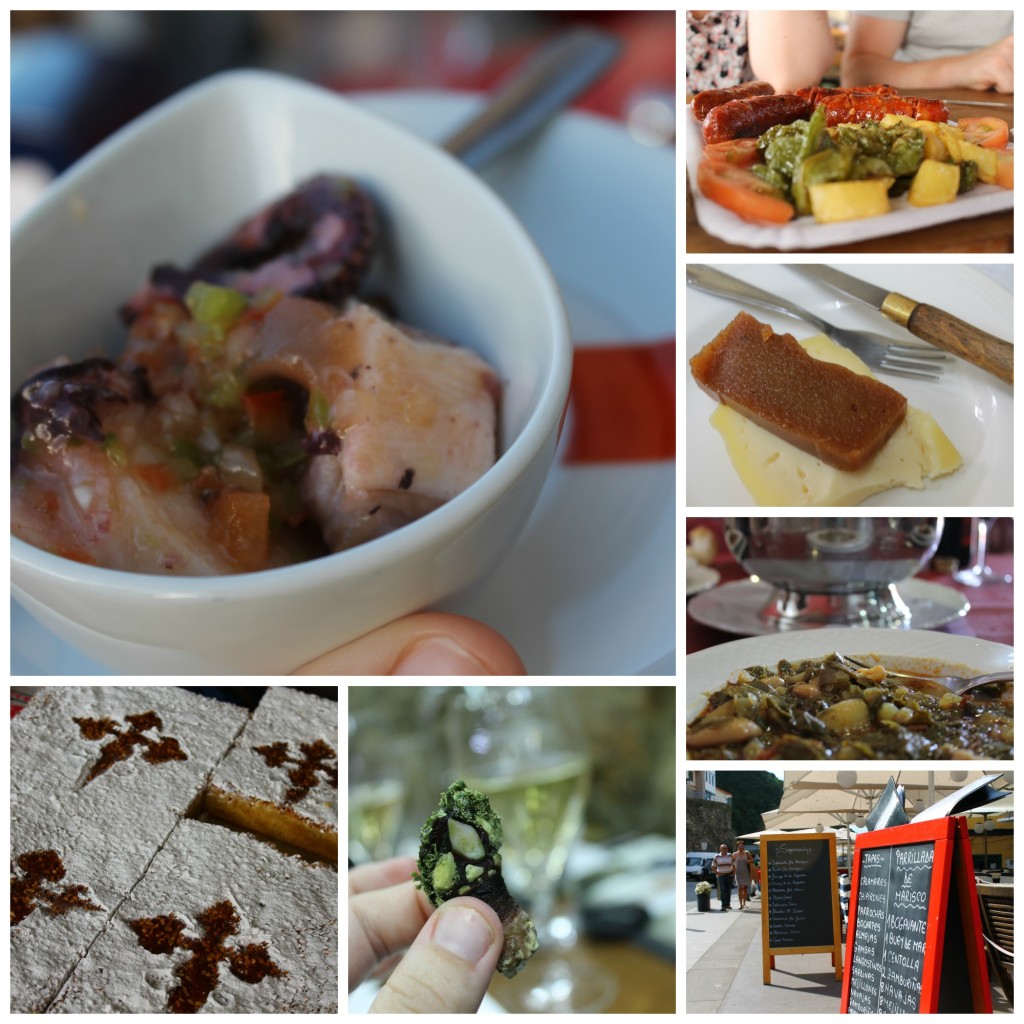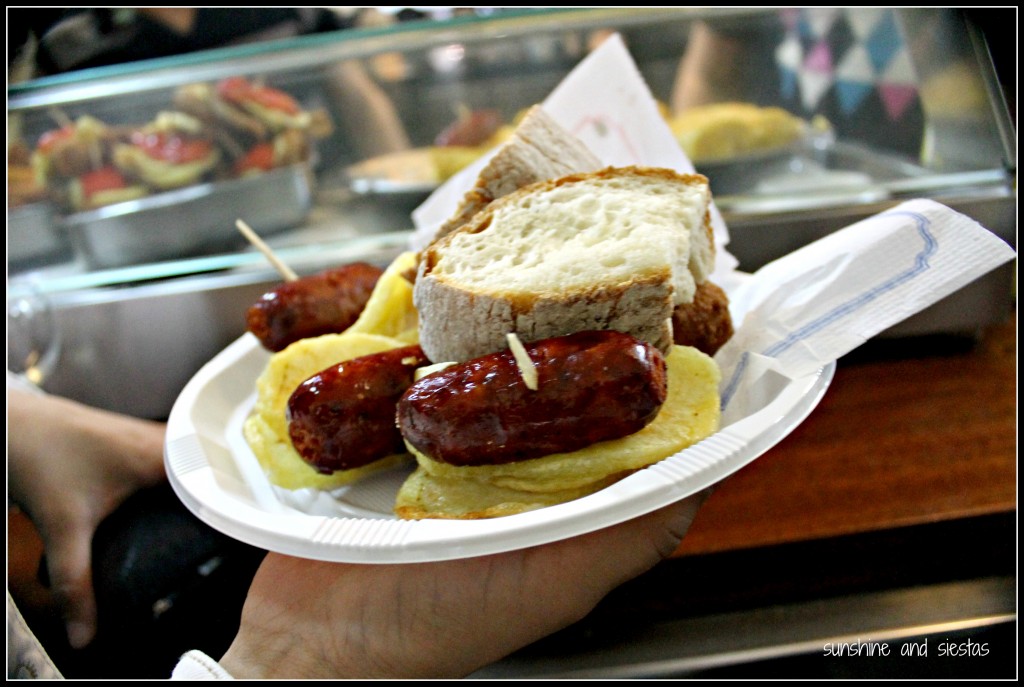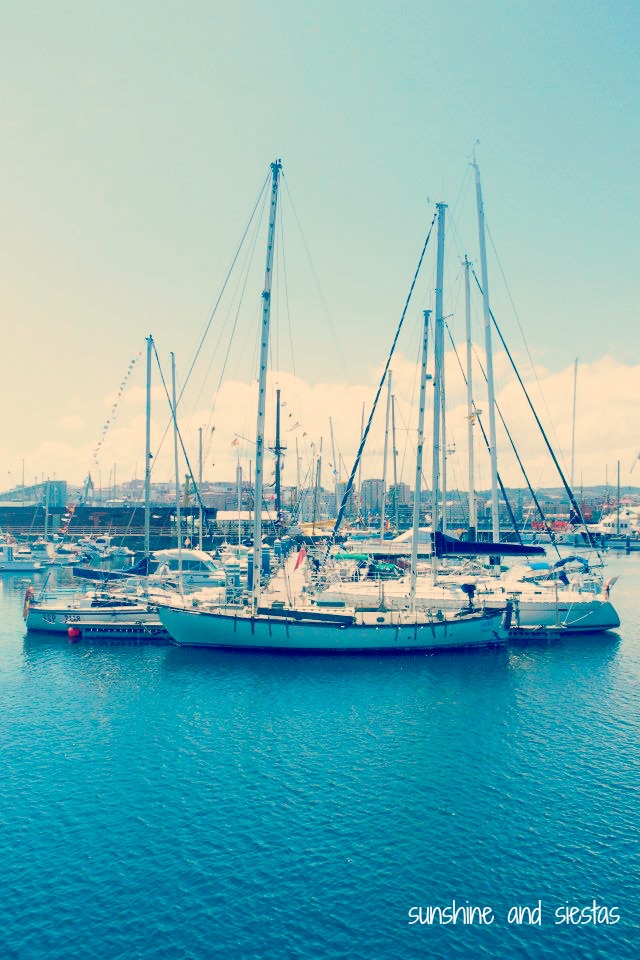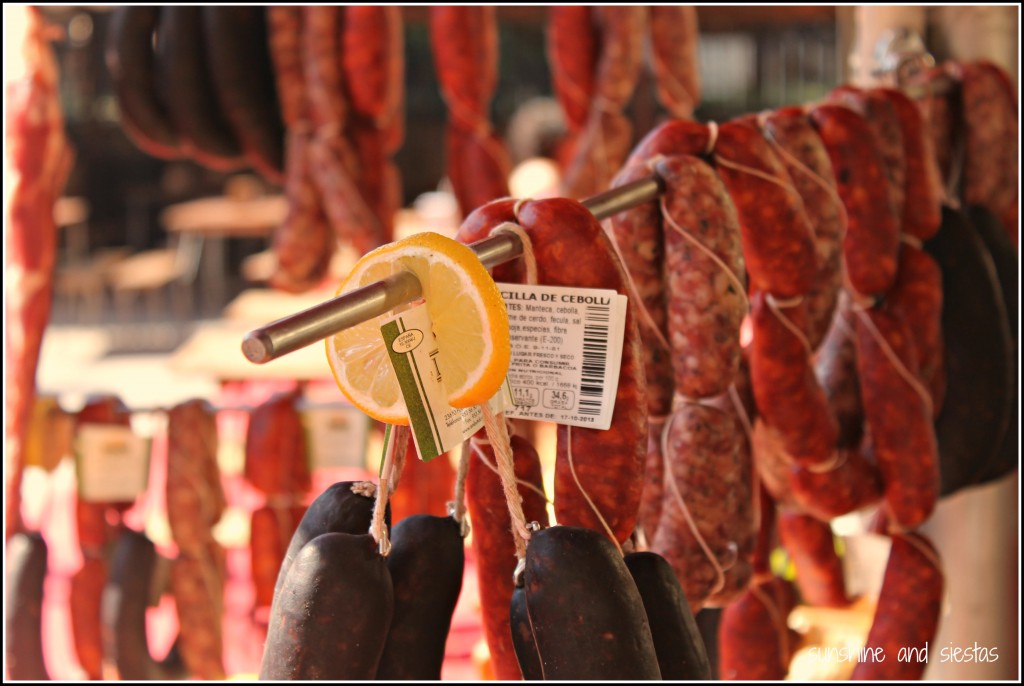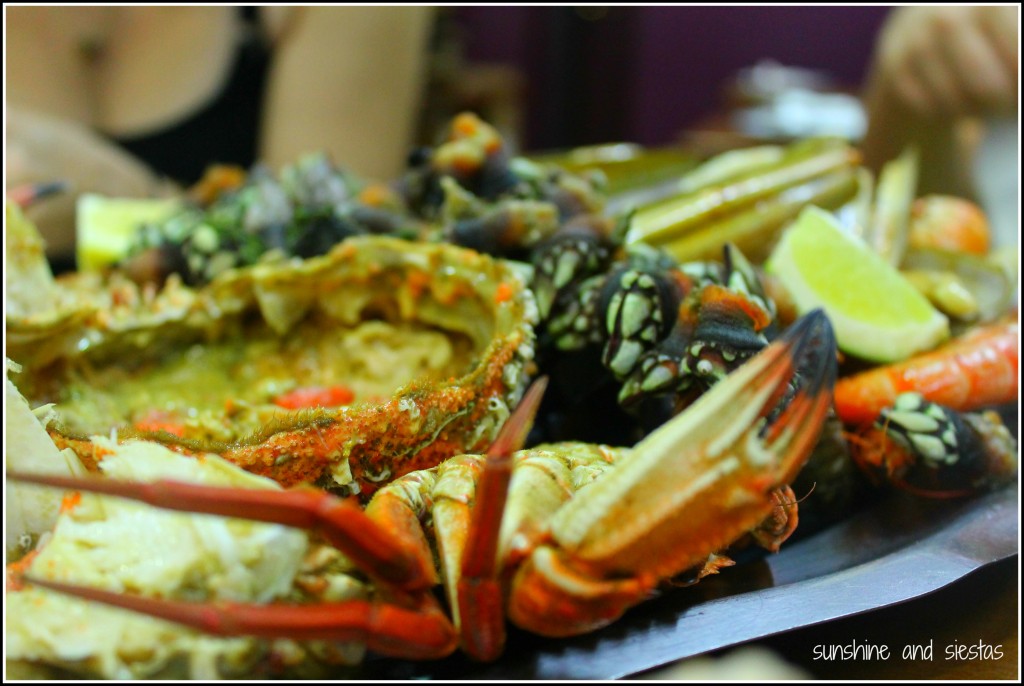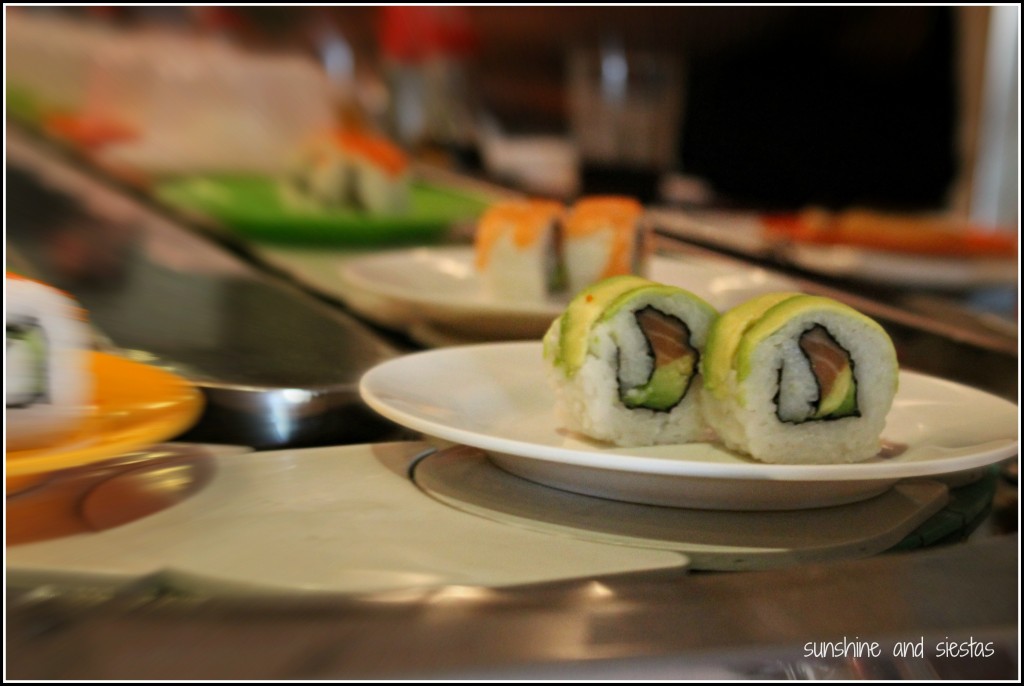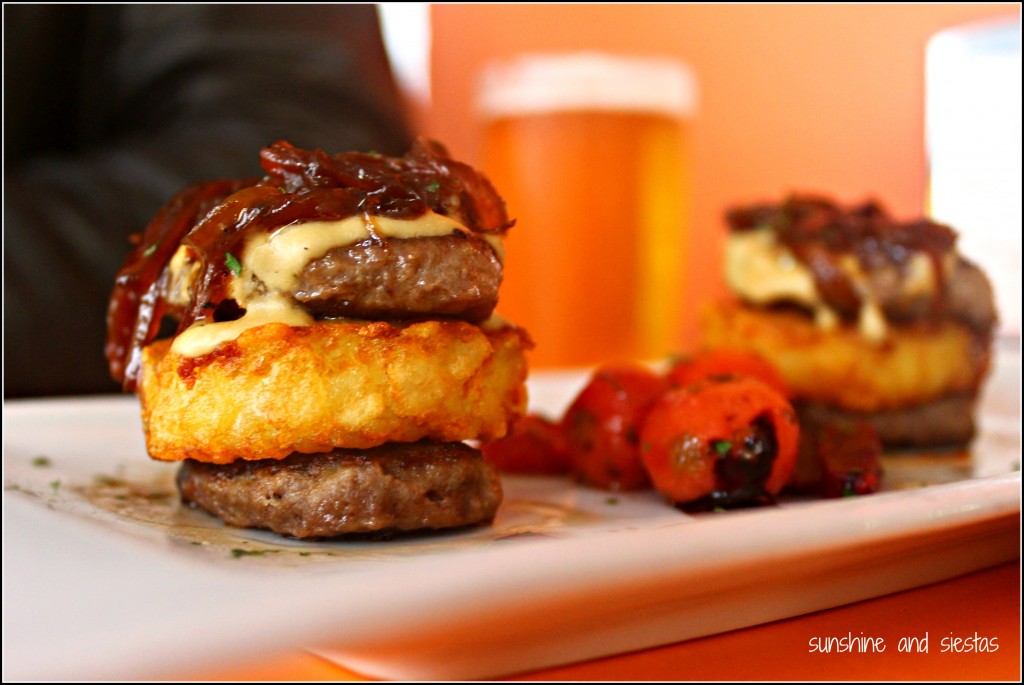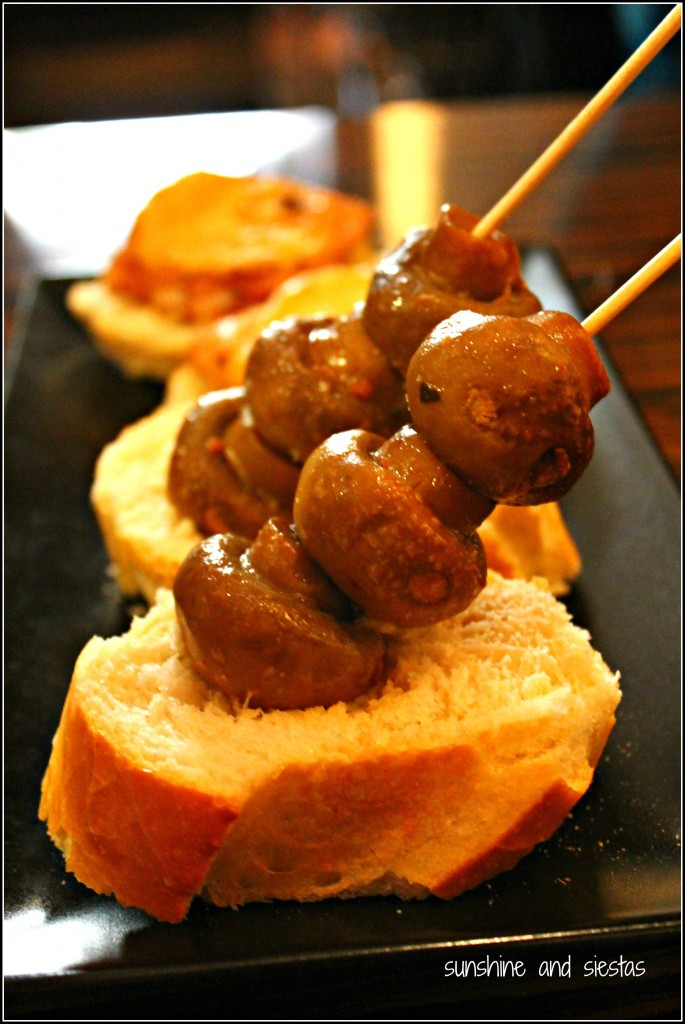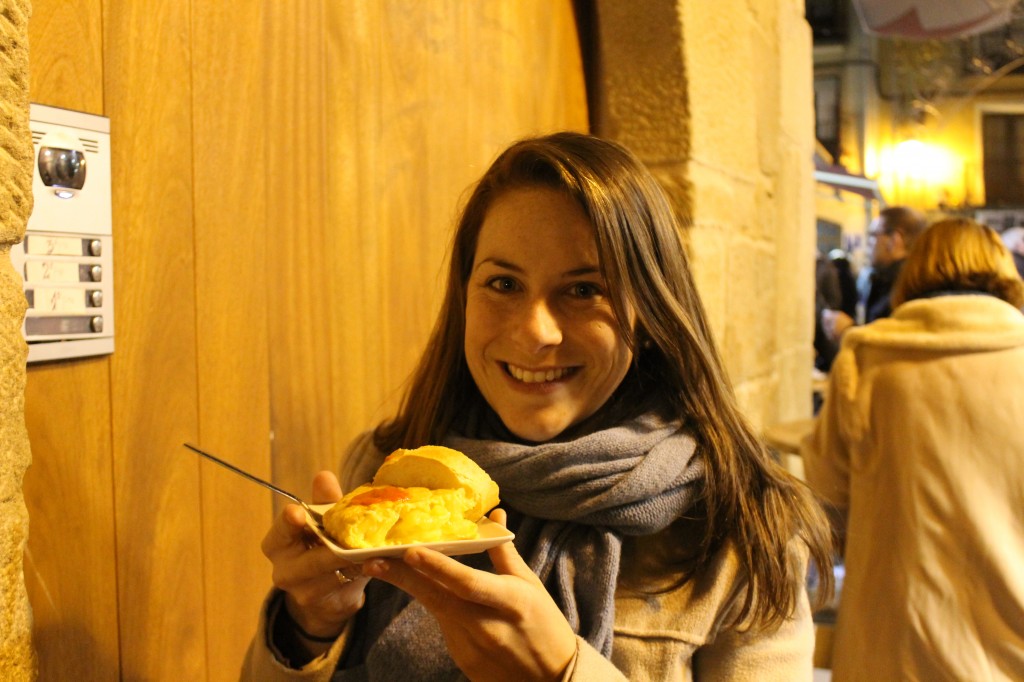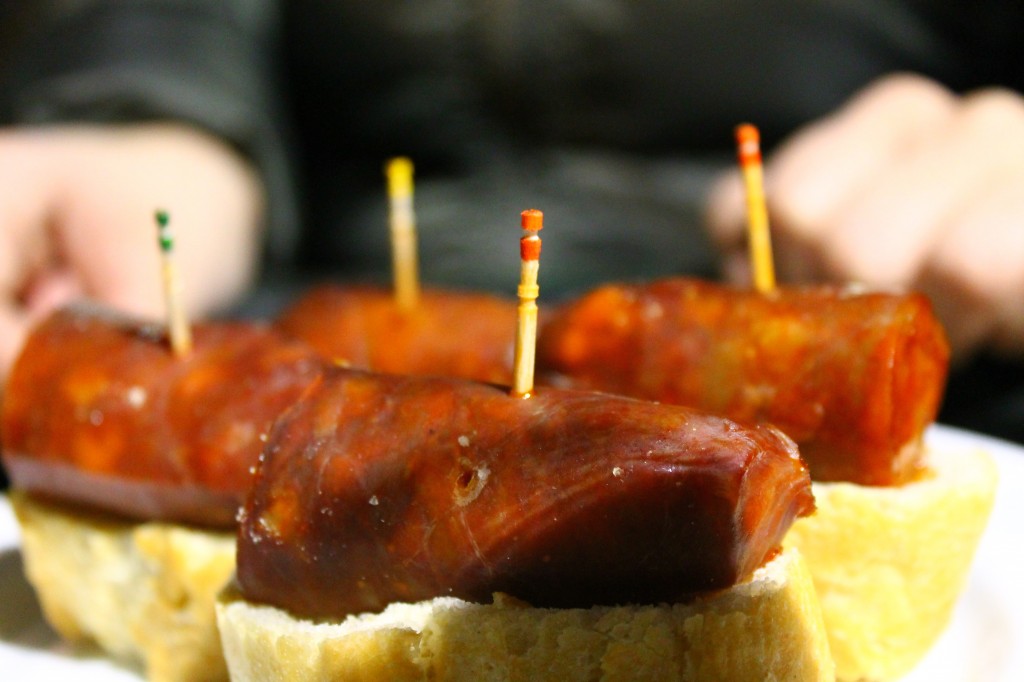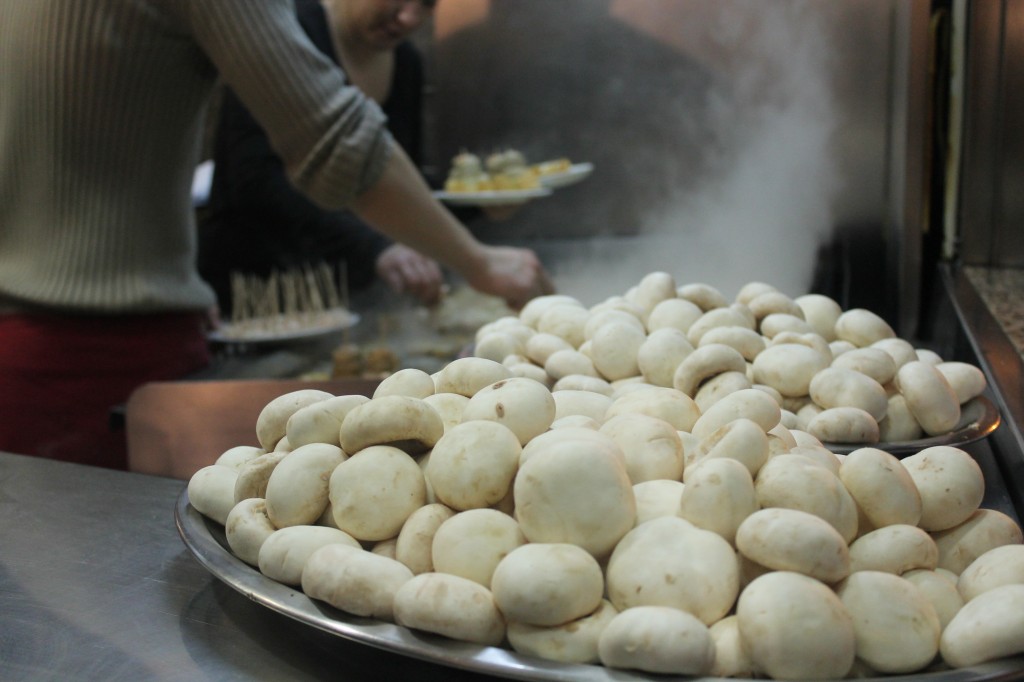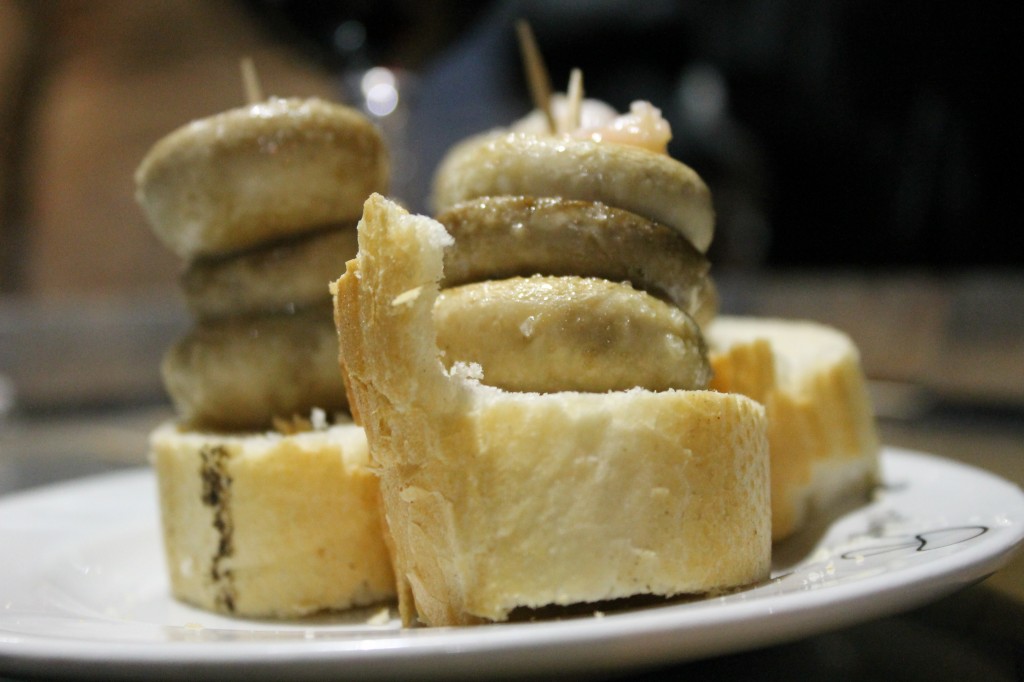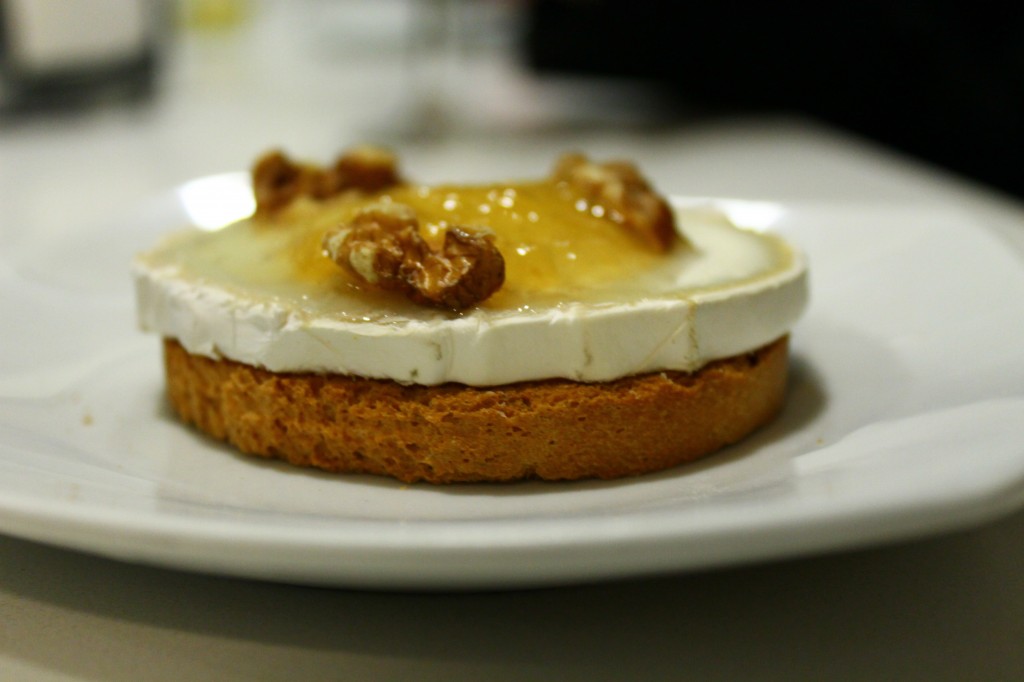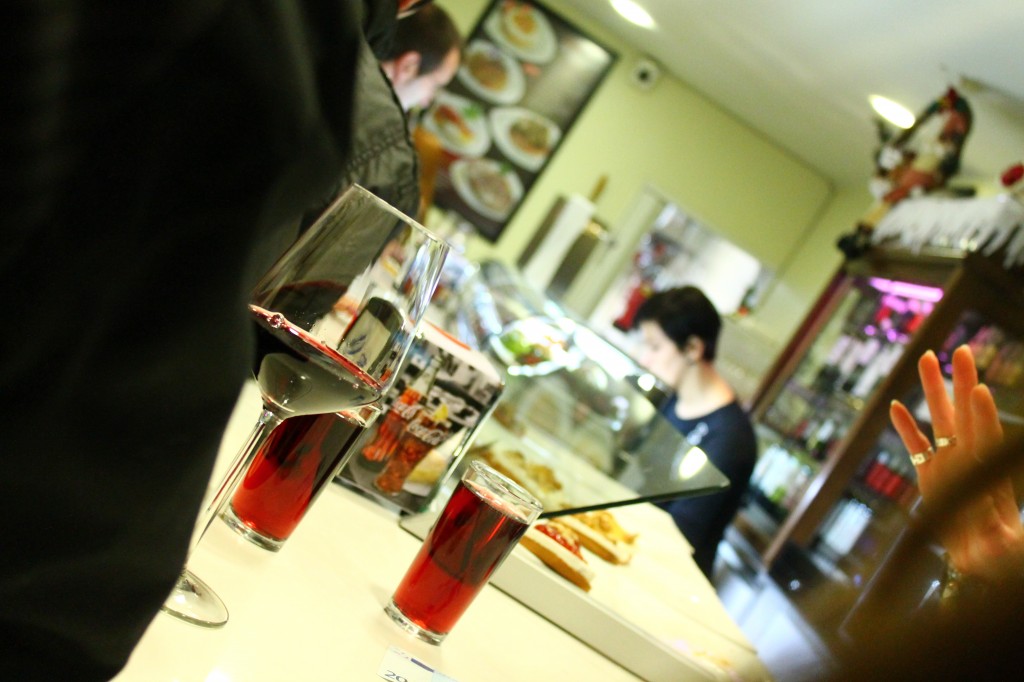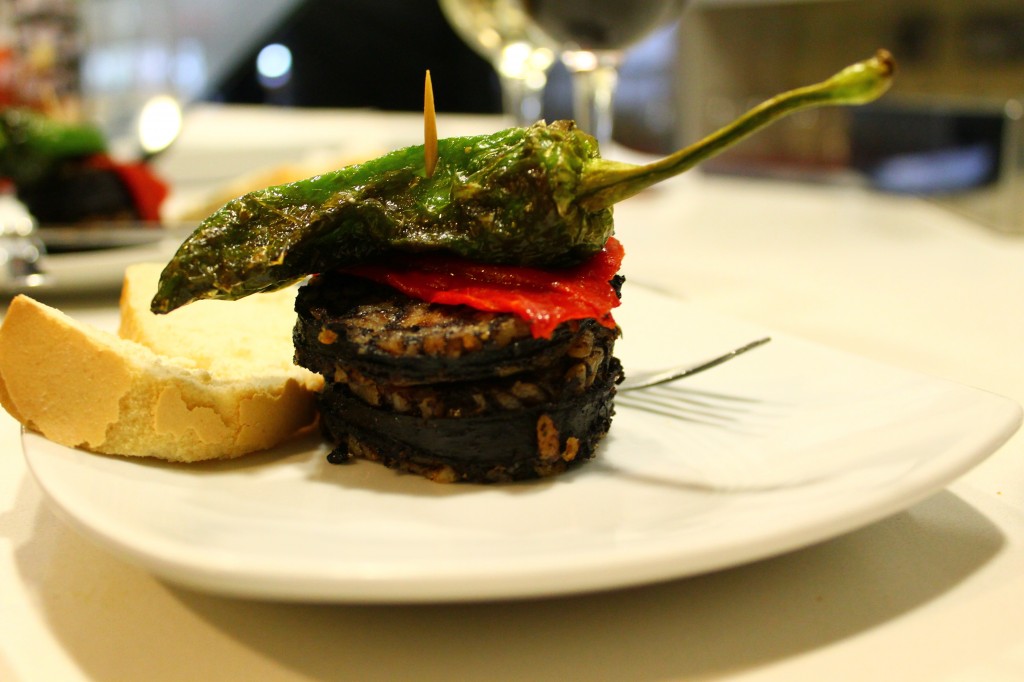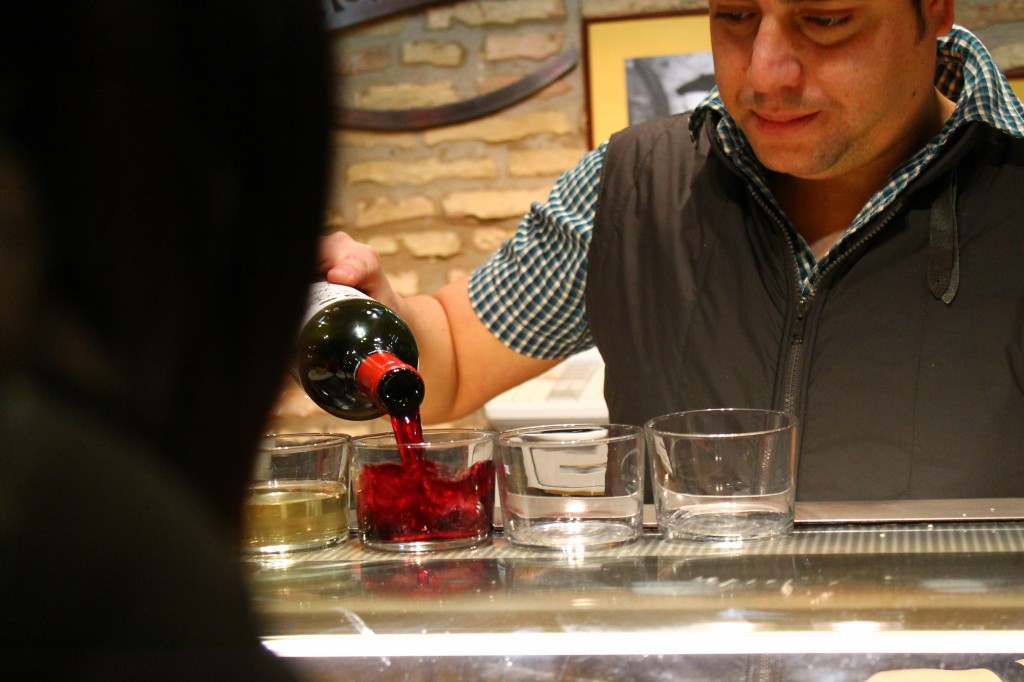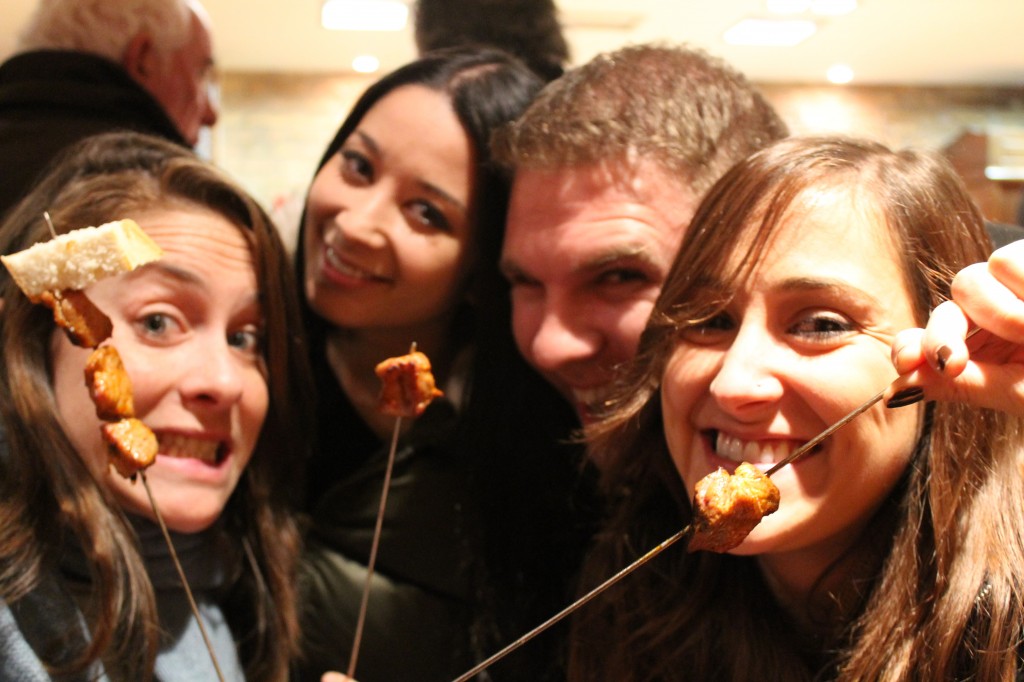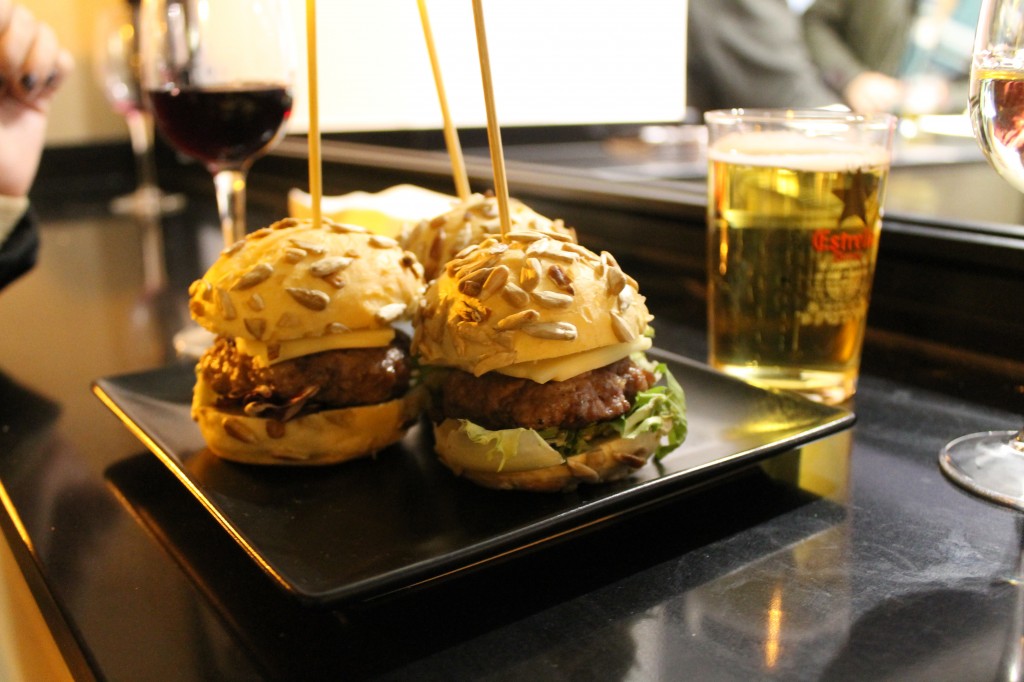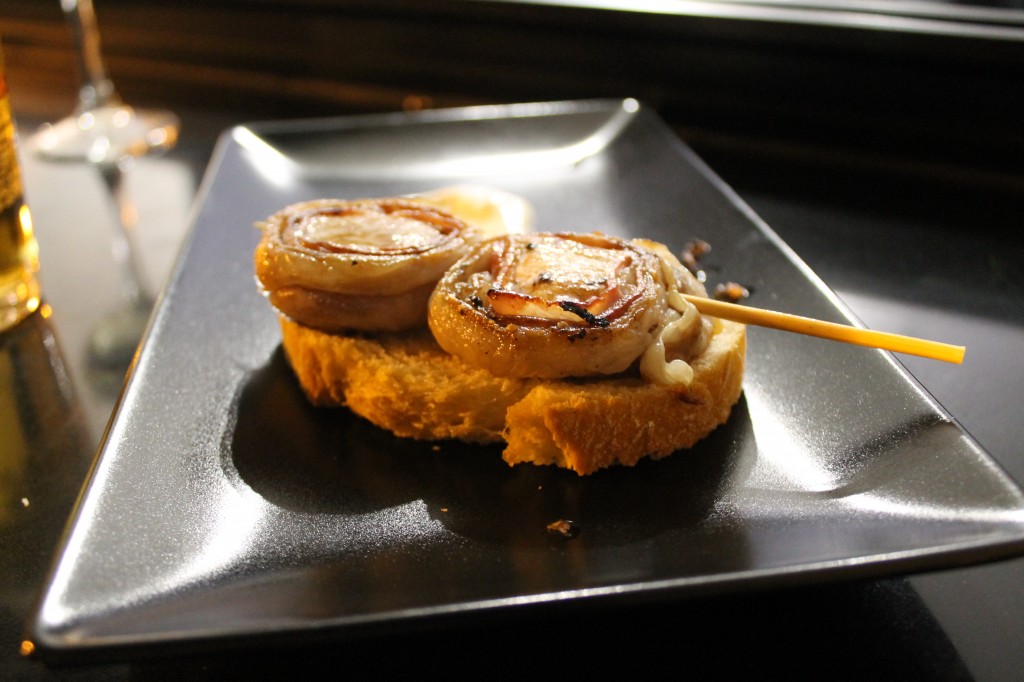I squinted, trying to make out the words on the menu as the sunlight reflected off the bay near Mogán, a small port on the southern end of Gran Canaria island.
Enrique gave me a quick tsk and a shake of the head as he signaled the waiter over effortlessly. As if they’ve previously spoken, a mug of cold beer was slammed down on the table in front of me. We toasted, giggling as the clinking of the glasses caused a bit of beer to splash onto my wrist and over the basket of bread we’d been brought.
We were at Restaurant El Faro, an unassuming snack bar shaped like a lighthouse. Wide white umbrellas shielded us from the sun, though the heat of midday irritates our pink skin, covered in sea salt from a morning spent on a nearby beach. The waves lapped gently at the rocks, causing the nearby sailboats to bob up and down. Fisherman passed close to our table, giving us a quick salute with their long fishing poles on their way to the wharf. I wondered if their catch would end up on someone’s plate tomorrow.
I picked up the menu again, but Enrique snatched it from my hands, calling out an order to the waiter without even glancing at the specials of the day. One parillada of grilled shellfish, a plate of hot baby potatoes accompanied with spicy mojo picón sauce and a fresh mixed salad. For once, I was on his turf, and I let him make the decisions.
The small potatoes, called arrugás for their crispy skin, arrived first, drizzled with rock salt and olive oil. I watched Enrique peel off the jacket and dunk it into the mojo picón, a spicy sauce typical to the island, and did the same. The dish was simple – paprika, garlic and cumin – but tasted fresh and local. The large stone slab of seafood didn’t disappoint, either. The breeze from off of the port ruffled Enrique’s hair as he spoon-fed me the last bit of potato.
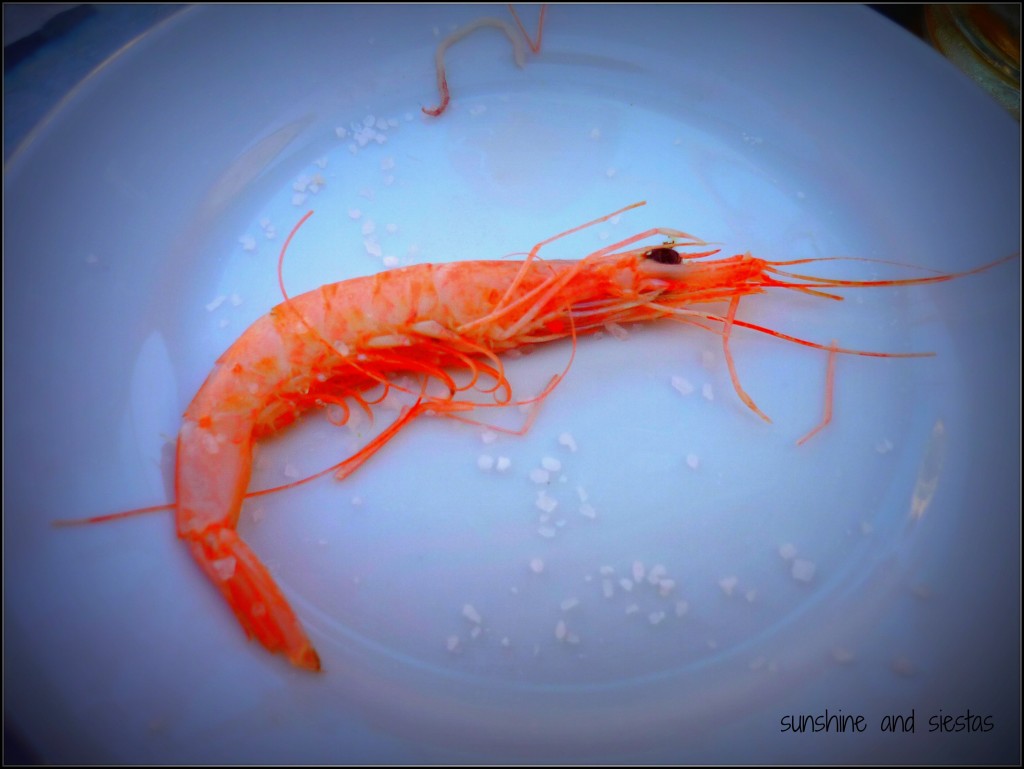
I can’t recall how much the bill was or who paid, but I will always remember the shade of pink that Enrique’s nose had turned, what he was wearing, and breathing a sigh of relief knowing that I really did love him, that they weren’t wasted words simply because I was merely having fun.
This is my entrance to the Trujillo Villas Food Blogging Competition. Trujillo Villas are a collection of luxury accommodation in the beautiful region of the same name, famous for its castle and for being the home of several conquistadores. For more on the region and their stunning offers, follow them on twitter, @trujillovillas.
Have you ever been to Trujillo? What are your recs for eating and visiting? And what’s your favorite Spanish meal?
